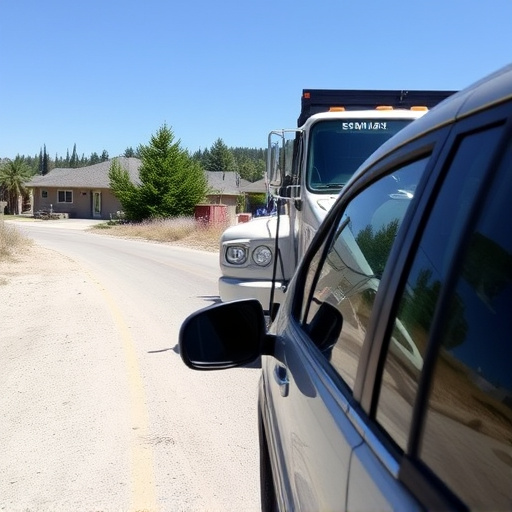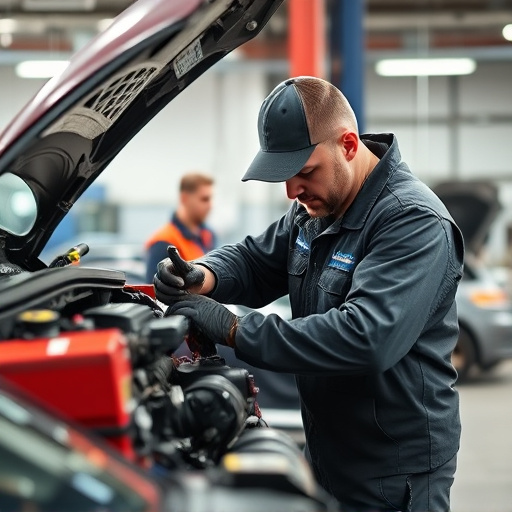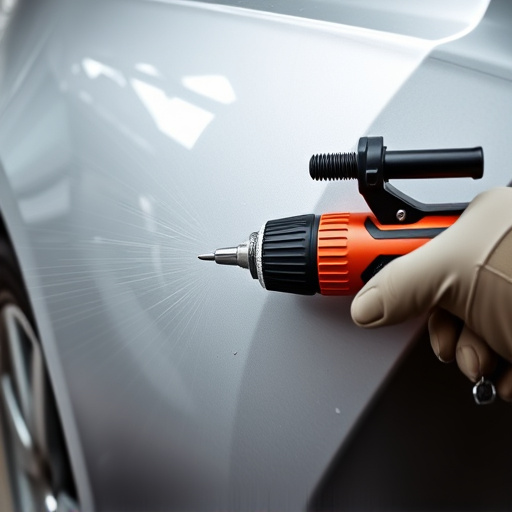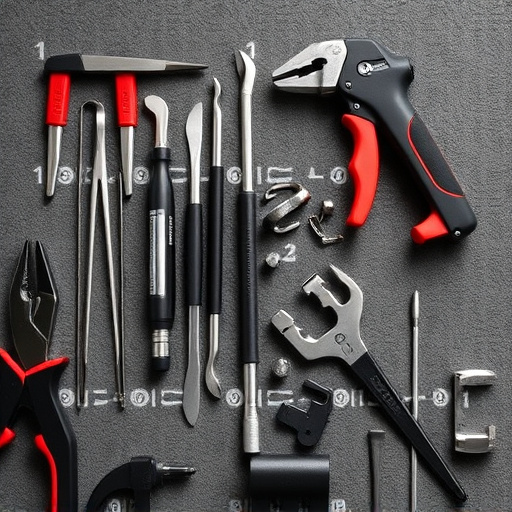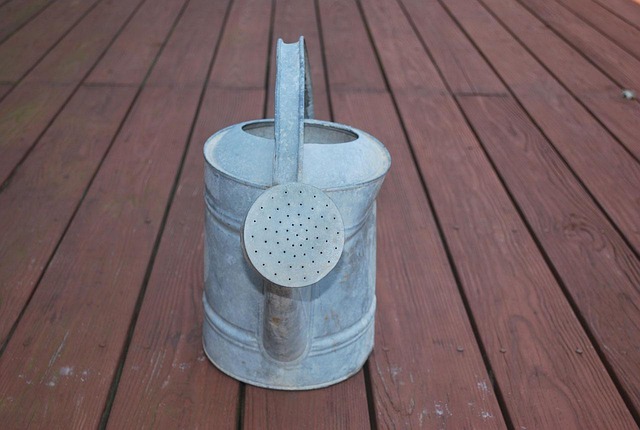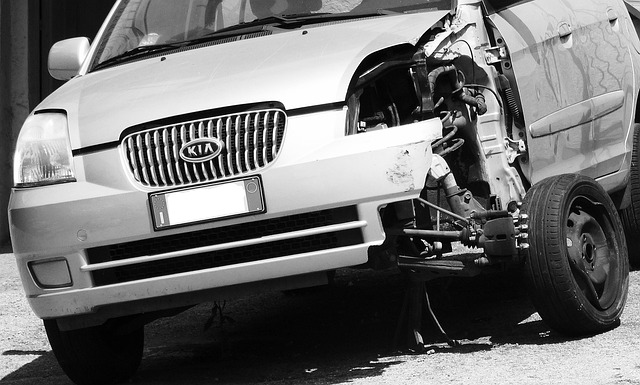The claim approval process involves submitting a request with incident details, professional inspection, and adherence to timelines influenced by repair complexity, part availability, and insurance procedures. Simple repairs get quicker approvals, while extensive collision or dent removal may take longer due to estimating, part ordering, and coordination. Effective communication manages expectations, and proactive measures like appeals and documentation can overcome delays in the claim approval timeline.
Understanding the claim approval timeline is crucial for any policyholder. This guide breaks down the key aspects of the claim approval process, highlighting factors that influence duration and offering strategies for navigating potential delays. From initial submission to final settlement, learn how various elements can expedite or prolong your claim approval timeline. Equip yourself with knowledge to actively manage your claims experience.
- Understanding Claim Approval Process
- Factors Influencing Timeline Duration
- Navigating Delays and Appeal Procedures
Understanding Claim Approval Process
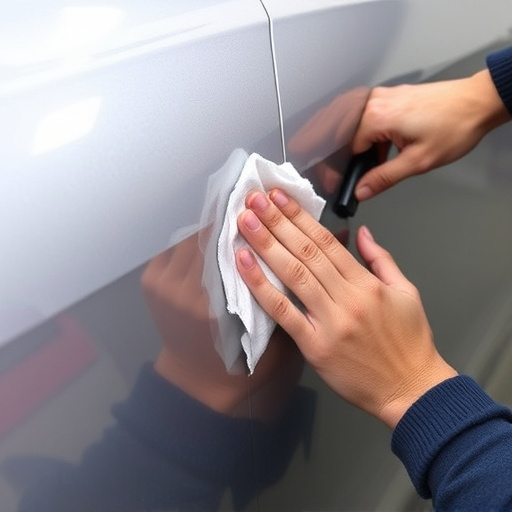
The claim approval process is a critical aspect of understanding your vehicle’s repair journey when visiting a car body shop or vehicle body shop. It involves several steps designed to ensure accurate assessments and fair compensation for your vehicle’s repairs. When you make a claim, whether it’s for a fender bender or more extensive damage, the timeline can vary depending on various factors. These include the complexity of the repair, the availability of parts, and the insurance company’s procedures.
During this process, your initial step is typically submitting a claim request, which involves providing details about the incident, the vehicle’s condition, and estimated repair costs. The next phase includes an inspection where a professional appraiser evaluates the damage to your vehicle, examining both the visible and underlying components. This meticulous assessment forms the basis for determining the cost of repairs, with the goal of adhering to the claim approval timeline. Once approved, the car body shop can commence the vehicle repair, using high-quality parts to restore your vehicle’s pre-accident condition.
Factors Influencing Timeline Duration
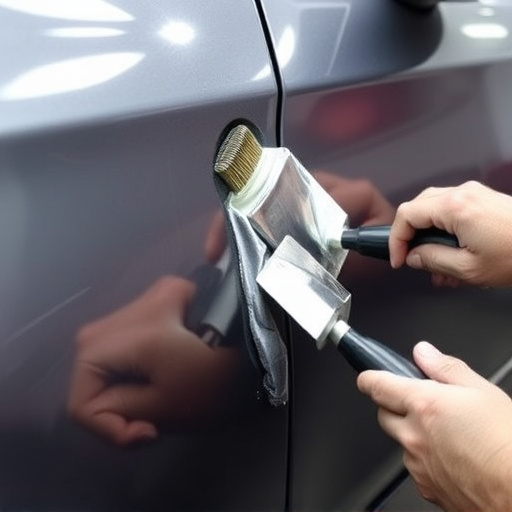
The duration of a claim approval timeline can vary greatly depending on several factors unique to each situation. One of the primary influences is the complexity of the damage. Simple repairs, such as auto glass repair or minor dent removal, often receive quicker approvals since they involve more straightforward processes and parts. In contrast, collision repair services for extensive damage may require substantial time to gather estimates, order parts, and coordinate with various specialists, thereby lengthening the timeline.
Another significant factor is the insurance company’s internal processes and workload. During peak periods or when dealing with a surge in claims, approval times might be longer due to increased backlogs. Additionally, the availability of replacement parts can impact timelines, especially for specialized or custom components needed for specific make and models of vehicles, which may require additional sourcing and delivery time. Effective communication between the auto body shop, insurer, and policyholder is crucial in managing expectations and ensuring a smoother claim approval process.
Navigating Delays and Appeal Procedures
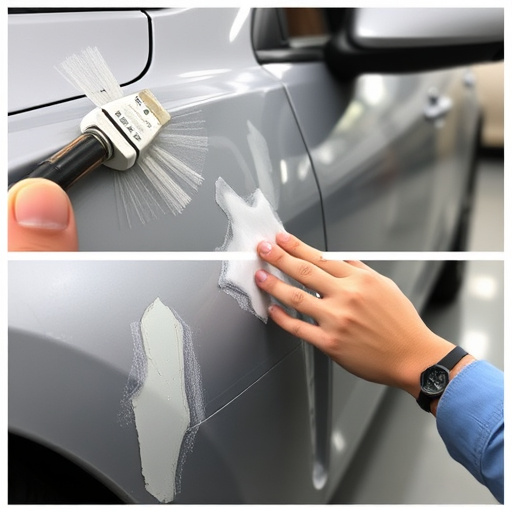
Navigating delays is an often challenging aspect of the claim approval timeline, especially when it comes to complex car collision repair or dent removal. It’s important to be aware that unexpected setbacks can occur during the process, and understanding why they happen can help reduce frustration. Delays may arise due to various reasons, such as waiting for parts, scheduling conflicts with repair technicians, or verifying insurance details.
If you encounter delays, don’t hesitate to initiate an appeal procedure. This formal process allows you to contest a denied claim or express dissatisfaction with the timeline. By providing additional documentation, explaining extenuating circumstances, or simply restating your case, you can potentially expedite the approval process. Remember, staying informed and proactive is key to ensuring a smoother journey through the claim approval timeline, even in the face of potential hurdles like those commonly seen after a fender bender.
Understanding the claim approval timeline is key to managing expectations. By grasping the factors that can influence duration, such as complexity and documentation, you can better navigate the process. If delays occur, knowing the appeal procedures ensures you can actively take steps to resolve them. Ultimately, staying informed and proactive is essential for a smoother journey through the claim approval timeline.


